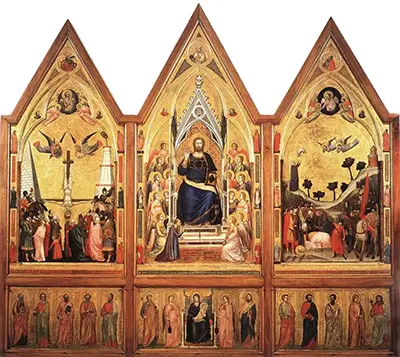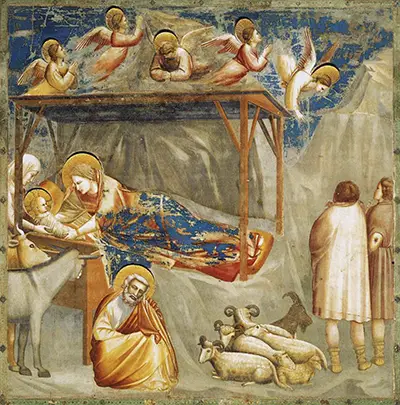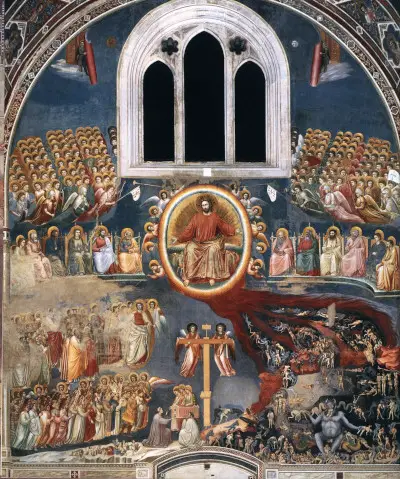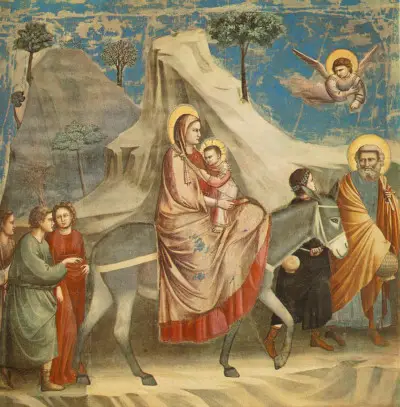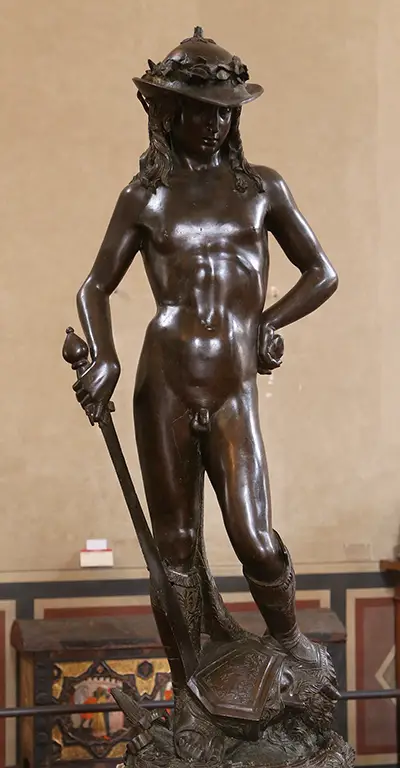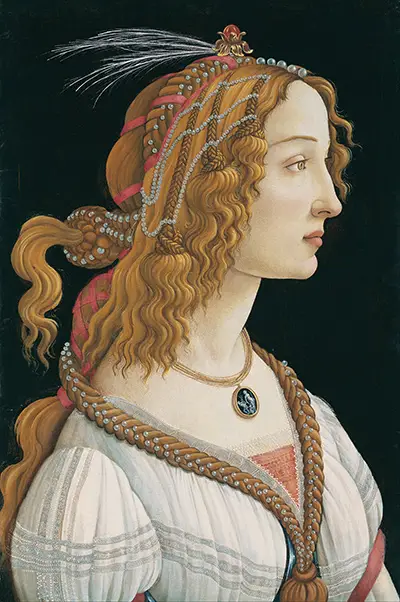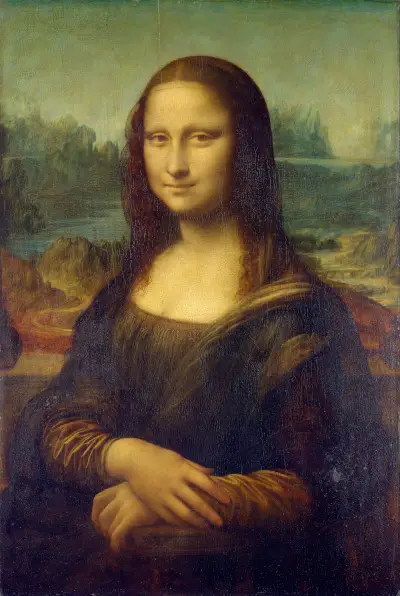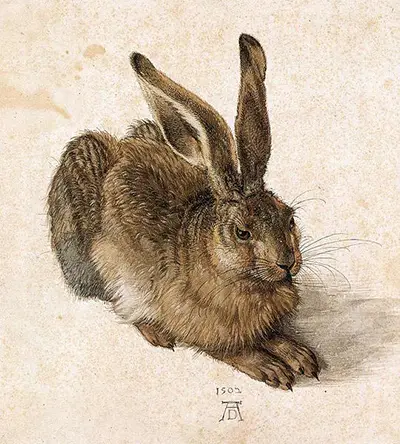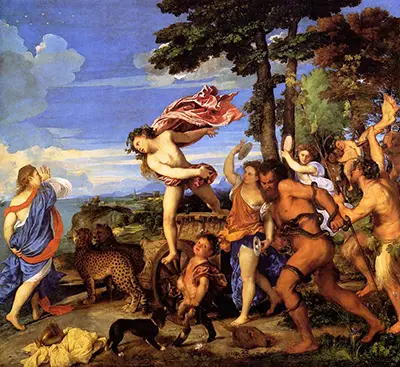This painting by Giotto is thought to have been created between 1304 and 1305. In the image, Giotto describes the Christian event of the Holy Eucharist (also called the Holy Communion or Sacrament). This is a key event in the establishment of the New Testament in the bible.
The High Priest at the time was actively looking for ways to end the new doctrine. This caused the Last Supper meeting to be held in a secret location in an upper room. In this image, the painter has clearly conveyed the space and the atmosphere that was there during the Last Communion. The artist has also included the outline of the interior together with that of the canopy of the house. This image depicts the participants of the Sacrament engaging in a leisurely conversation. These apostles are seated on both sides of the table. The composition is compact, and there is an emotional bond as they have their last meal together with their master.
Giotto did not include food servings and wine on the table in his paintings. Well, he created a balance between warm and cool colours by incorporating the yellow-orange together with purple hues. There is an ideal ratio of proportion and just the right colour gradation. Unlike many similar images painted about the Holy Eucharist at the time where the savior is always on the left, Giotto shows the Saviour in the centre of his plot. He also places a golden nimbus on his head. The rest of the 12 disciples sit conversing with each other but seem to be focused on Jesus. Each of them has a black halo over his head.
None of the disciples looks like the rest. This way, Giotto gives each disciple a character trait. It is thought that the disciple that lies on the chest of the Saviour is his beloved John while Judas is on the other side. Giotto had a great understanding of human anatomy. With this knowledge, he was able to create realistic folds of clothing of each disciple while placing them proportionally on the bench surrounding the table. He has also created a three-dimensional image of the room, thanks to use of shade and light. You can tell that the table is not far away from the corner of the room. The canopy further gives the room discreet dimensions.
This artist used a style called Byzantine to create the atmosphere, space and expressiveness in the image. As for the impression, there is a brown shading around the eyes of the participants. This is what tells the reader that they are communicating and probably in a somber mood. The image also has a sophisticated, discreet plot, which is one of the main characteristics of Byzanite style of painting. Giotto is one of the outstanding religious painting artists in history. He showcased important events at the birth of Christianity and the life of Jesus. His attention to detail brings space, mood and balance to his images.
More Renaissance Artists




 Giotto.jpg)
 Giotto.jpg)
